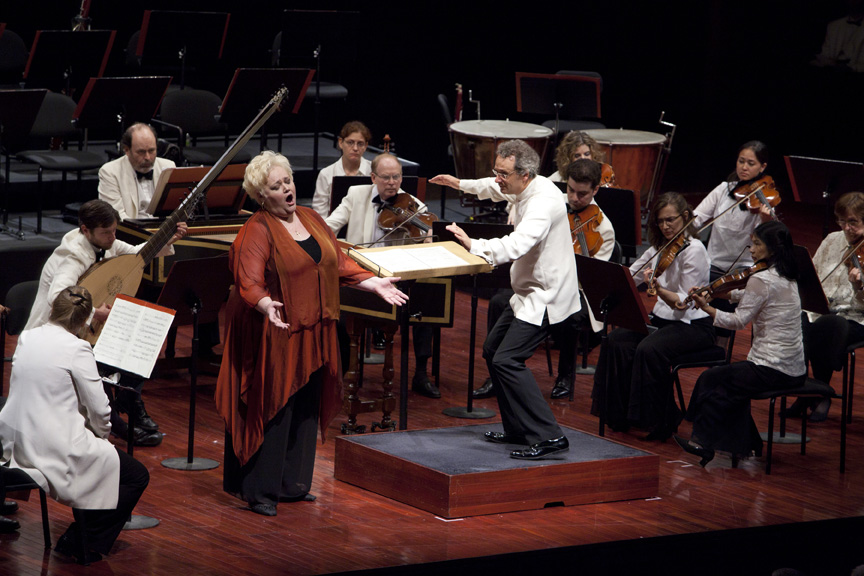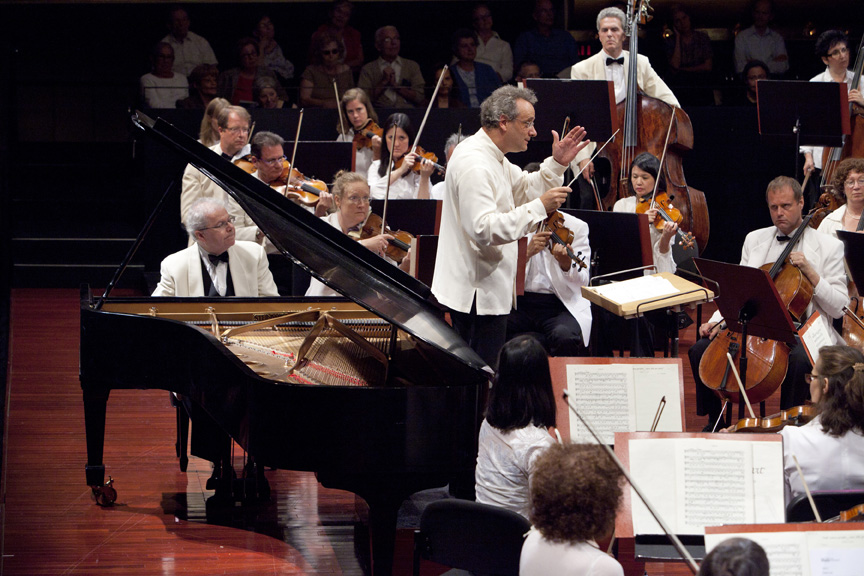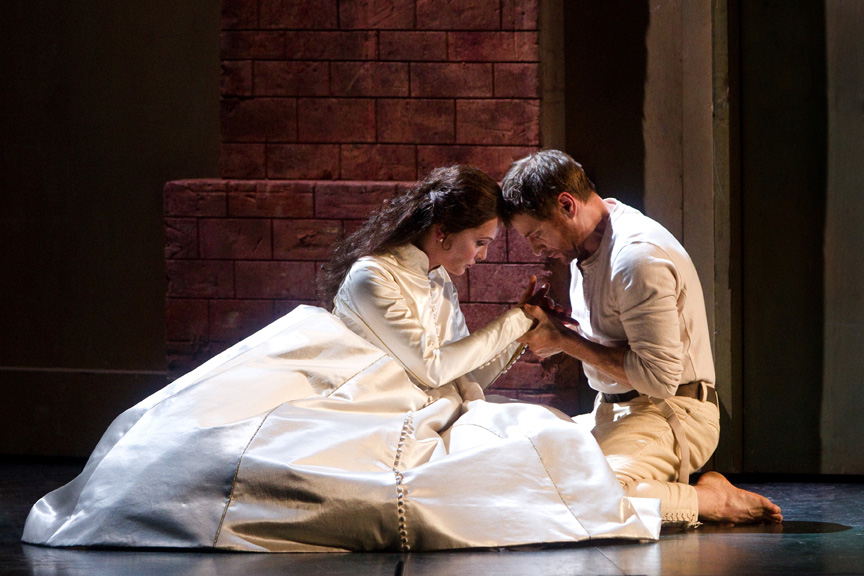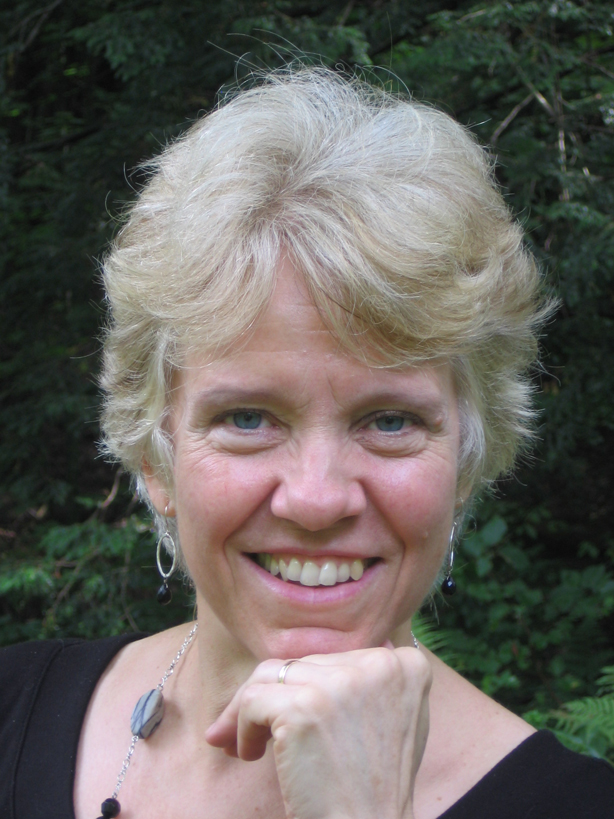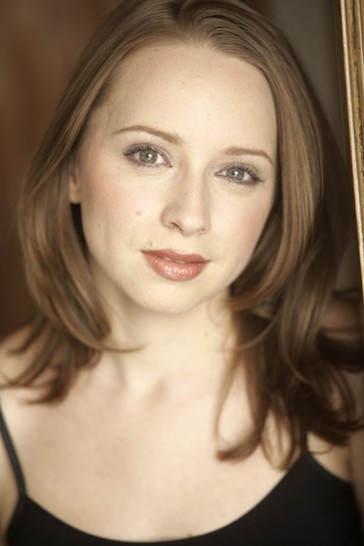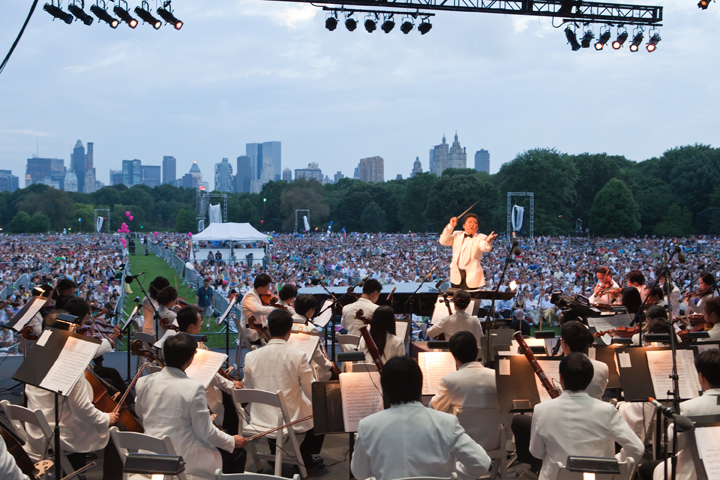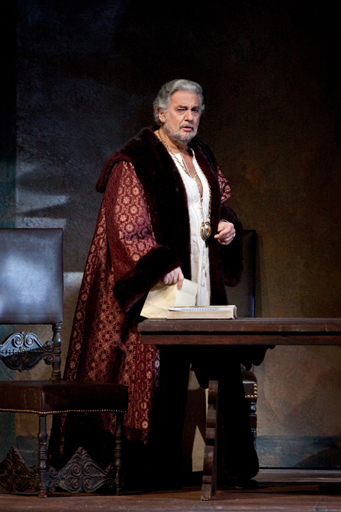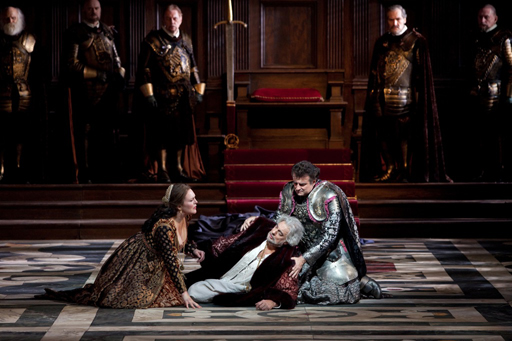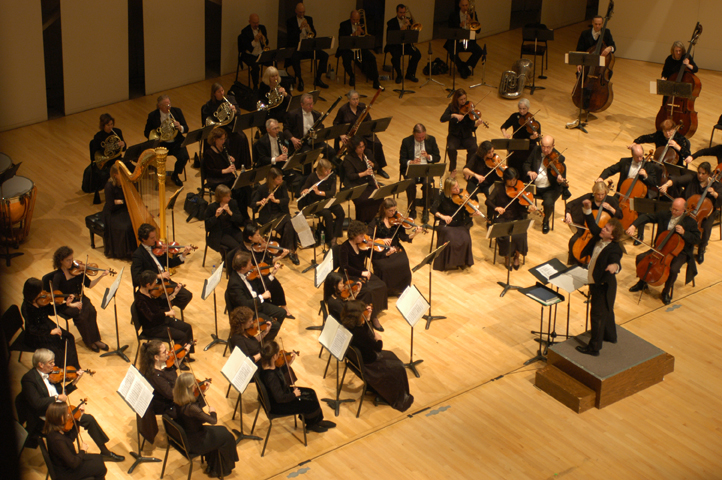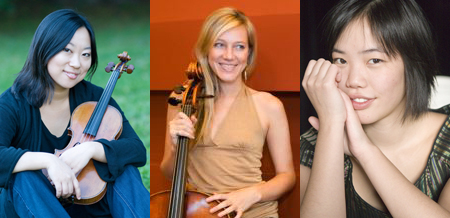Lincoln Center and PBS are repeating some of their popular telecasts from the MET, giving audiences a chance to retrieve what they missed or to revisit what they enjoyed. On July 29, the opera was “Der Rosenkavalier” by Richard Strauss and his renowned librettist, Hugo von Hoffmansthal, taped at the January 9, 2010 performance. Through its earthy humor and touching love story, this beloved masterpiece never fails to elicit laughter and tears, and with a stellar cast and Edo de Waart replacing James Levine in the pit, it exerted its usual irresistible magic spell.
“Der Rosenkavalier” is too well known to require any introduction or explanation, so let us focus on the performance. The orchestra, an essential, integral element in all Strauss operas, sounded absolutely wonderful, both in the many solo passages and as a whole: rich yet transparent, ironically pompous, yet with a graceful Viennese lilt. The singing, too, was beyond praise: Renée Fleming and Susan Graham returned to their signature roles as the Marschallin and Octavian; Christine Schäfer soared easily into Sophie’s ecstatic heights, her voice as silvery as her Rose; Kristinn Sigmundsson displayed a booming, sonorous bass, and an almost authentic Viennese accent. Thomas Allen was a solid Faninal, Eric Cutler, in his all-too-brief appearance, sounded radiant as the Italian tenor.
The sets and costumes had the beauty and elegance of a period painting; the final scene was the usual chaos, saved by the Waltzes in the orchestra. The least satisfying aspect of the production was the acting, with exaggeration rampant everywhere, even in the small roles (Sophie’s Duenna ran around the stage frantically flapping her arms). Fleming, though essentially warm and dignified, perhaps overshot in trying to bring out the Marschallin’s swiftly-changing moods by going from girlish flirtatiousness with the Baron to inexplicable anger when dismissing Octavian. The “trouser” role of Octavian poses a double challenge: a woman pretending to be a boy pretending to be a girl. Graham had fun, but would have been more persuasive without the overacting. (Television’s facial close-ups are cruel: even she could not successfully pretend to be 17- years-old.) The temptation to exaggerate is greatest for the Baron, but Sigmundsson, a huge man who towered over everybody, turned him into an insufferable, overbearing lecher.
Schäfer seemed the only one who acted with unaffected dignity, true to her character’s artlessness and naïveté. Just how effective natural simplicity can be was illustrated in the first encounter between Octavian and Sophie. Standing perfectly still, they expressed their wonder at the magical experience of first love only through their voices. The scene was an unspoiled oasis of subtle interaction, genuine inwardness and calm.
On June 24th, PBS repeated its telecast of Puccini’s “Turandot,” taped at the November 7, 2009, performance conducted by Andris Nelsons. This was a surprising choice for a replay: the opera is hardly among the public’s favorites, nor among Puccini’s best works. He left it unfinished, but that is not its only, or even its primary, weakness. The music is repetitious and uninspired, and its pseudo-Chinese idiom sounds inauthentic and artificial; moreover, the leading soprano and tenor parts are virtually unsingable: Turandot makes her entrance with a very long, excruciatingly difficult, stratospheric scene; Calaf sings two of the most brutally demanding arias in the repertoire. Very few singers are equal to these roles, and in this performance, too, there were unmistakable signs of struggle. Maria Guleghina’s voice had a very wide wobble, and both she and Marcello Giordani had only one dynamic: fortissimo. The real stars were Marina Poplavskaya as a sweet-voiced, touching Liu, and Samuel Ramey as a dignified, pitiable Timur. The famously spectacular Franco Zefferelli production still upstages the music with its massive scenery, gorgeous costumes and surging crowd-scenes. Sometimes it seemed as if the entire population of the Forbidden City of Beijing had gathered on the stage.

